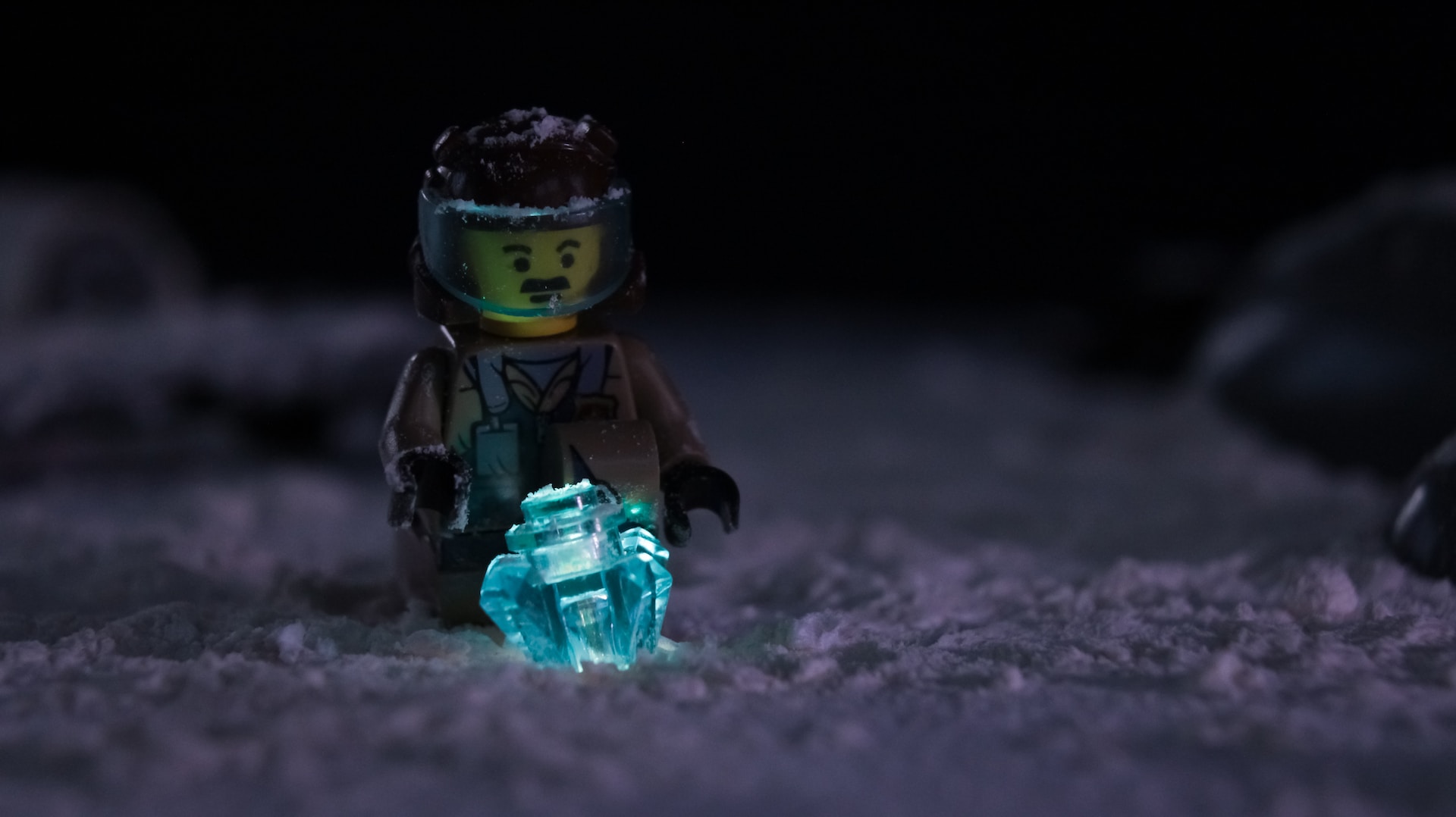Vaccines, variants and vigilance — here’s how to navigate this
flu season›››

A new way to embed gold nanoparticles into 3D-printed hydrogels could improve medical implants, optical devices and even contact lenses for colorblindness.
Scientists at Khalifa University published their research in Materials & Design. It introduces an eco-friendly method that places nanoparticles exactly where they are needed, without waste or extra chemicals.
3D-printed materials with nanoparticles are not new: The particles have previously been mixed into the printing material or applied as a coating afterwards. Both approaches limit device performance.
This new approach allows for better control over nanoparticle placement, making it useful for drug delivery, biosensors and light-based medical treatments.



